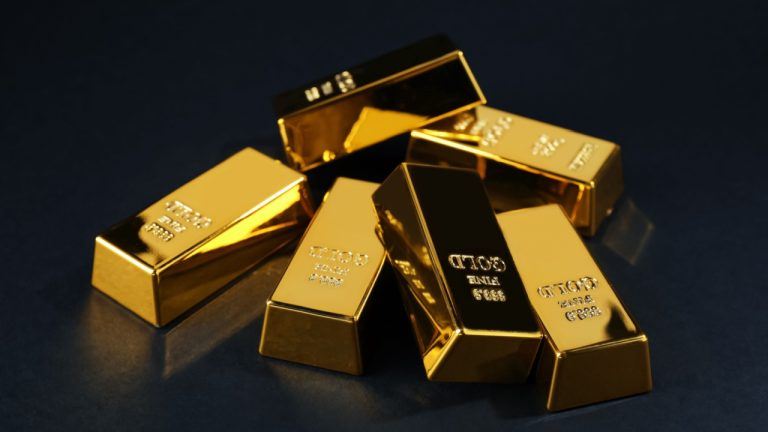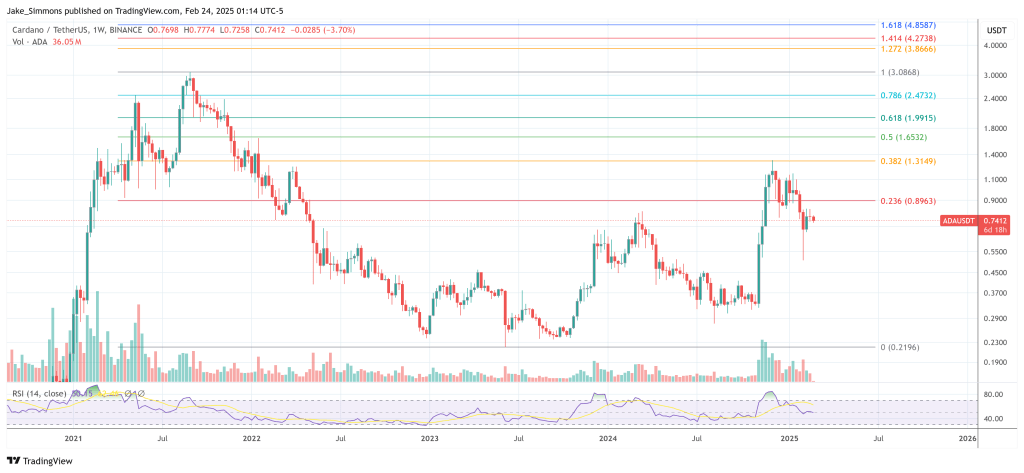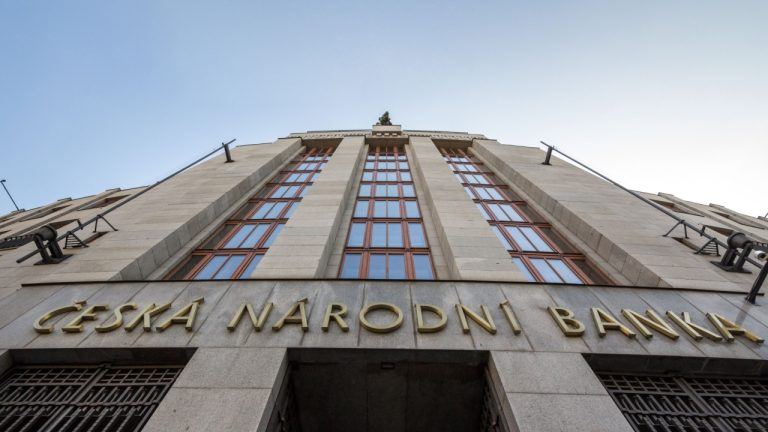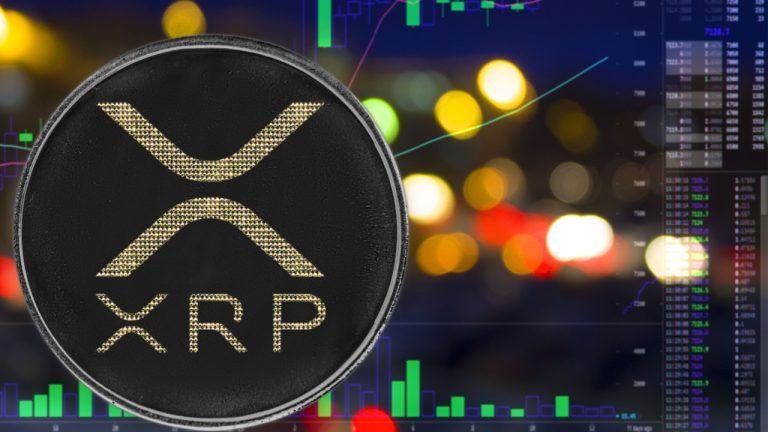One of the most common answers we give in this channel is to "DYOR" (Do Your Own Research). A lot of folks new to Crypto may not know how to, however. So I put together this little guide from a few threads about it. If you have additional methods you use, feel free to chime in in the comments. Let's help our new members learn how to DYOR and not just toss the acronym at them...
Some DYOR tips when you find that new coin you're interested in putting your hard earned money into... Before you leap take some time and do at least some of the following steps:
- Poke your head into coin specific subreddit. Read through it to get the feel of the community. See if it's got links to the official site, white paper, documentation, github, etc. If it seems like a legit project and isn't just full of 'going to the moon' type posts. Then ask what the projects weaknesses are, who it's strongest competitors are (if reading the posts didn't already tell you). If you don't get serious answers stop there. Probably not worth pursuing. Can't tell you how many projects I wish I'd done this first on to save myself a ton of time. Do it first, thank me later. This is more of a 'is this project even worth researching' step.
- Read the white paper (yes, really, read it, at the very least skim it). You may not be technical enough to understand it (most aren't) just see if it reads like a professional project or an ad campaign or, worse, a joke.
- Read any documentation about their project that you can find on their official website, also get list of team members. See if they have a road map.
- Research the team members to see if they have any background in programming, blockchain, or crypto in general.
- Go to one, or more, of it's competition's subreddits and ask what they think about the coin you're looking at. They'll be more than happy to give you a LONG list of all it's faults (real or otherwise). Take this list with a grain of salt but it should give you some things to consider when reviewing the results of your research, above.
- Once you've done the above, don't be afraid to ask about the specific coin here in this forum. See what the overall community thinks of it and if you get any new takes on it.
- Look at the projects current market cap and the number of tokens it will have. Calculate what the price would have to hit for it to double, triple, 4x etc. Decide if you think that's a realistic expectation compared to other competing projects. An easy way to compare it is available on this site.
- On a site like livecoinwatch.com, coingecko.com or coinmarketcap.com look at the project's trendline on a 30 day, 90 day, 1 year and lifetime chart. When looking at trends I draw a line from the lowest start to the lowest current price. If the line slants up that's a good sign. Then you can look to see how much that increase is. Note, neither of these steps are an attempt to predict a price, just to see if there's a realistic expectation of gains on the project in the short, mid or long term.
- Looking at the GitHub, if one is available, is also helpful. Even if you can't understand the code, you can quickly see if there's a lot of active development from multiple people and if there's a process laid out for how to contribute. You can also see if they take contributions and if all of their docs point to the correct project name and aliases or if they're just copy pasted from some other project and if there's a history of releases with substantive changes.
- For younger projects that there's not a lot of information available on yet, use Binance research reports ( https://research.binance.com/ ) to see how many tokens are potentially held by venture capitalists and private investors and what their unlock schedules are to see what the downward pressure on the tokenomics will be like from them, and when. They will have extremely inexpensive tokens that they are likely to sell to lock in profits as soon as they're able.
- Go to YouTube and watch Coin Bureau's video on the coin or read their review of it on their website. Compare their findings with yours (Sometimes this is step 1 as you found out about a coin from watching one of their videos... it's how I got into VeChain and Solana, actually).
Final step: Decide whether that token1 or coin2 you're interested in is worth investing in based on the above.
Keep in mind you aren't researching the price the coin will hit, that's absolutely impossible. Completely ignore any price targets you find in your research. Some projects like DOGE will look extremely bad on every technical front (except community involvement I guess), but it still shot up. Other projects are awesome but never catch on. Don't sweat that, what the research is telling you is if the project is legit and has any real chance of future growth.
At the end of the day, Crypto is risky. What you're trying to do is apply some metrics and logic to your decisions on what to invest in to attempt to mitigate some of that risk. You will get some wrong and some right but hopefully this will help smooth the bumps in the road a bit.
1 Tokens are 'coins' that do not have their own blockchain but are built and riding on a parent blockchain like Ethereum (ERC-20), Binance (BEP-20) or Algorand (ASA).
2 Coins are native to a blockchain For example: BTC for Bitcoin, ETH for Ethereum, ALGO for Algorand, BNB for Binance, SOL for Solana, ADA for Cardano, and VET and VTHO for VeChain, etc.
[link] [comments]

You can get bonuses upto $100 FREE BONUS when you:
💰 Install these recommended apps:
💲 SocialGood - 100% Crypto Back on Everyday Shopping
💲 xPortal - The DeFi For The Next Billion
💲 CryptoTab Browser - Lightweight, fast, and ready to mine!
💰 Register on these recommended exchanges:
🟡 Binance🟡 Bitfinex🟡 Bitmart🟡 Bittrex🟡 Bitget
🟡 CoinEx🟡 Crypto.com🟡 Gate.io🟡 Huobi🟡 Kucoin.




















Comments